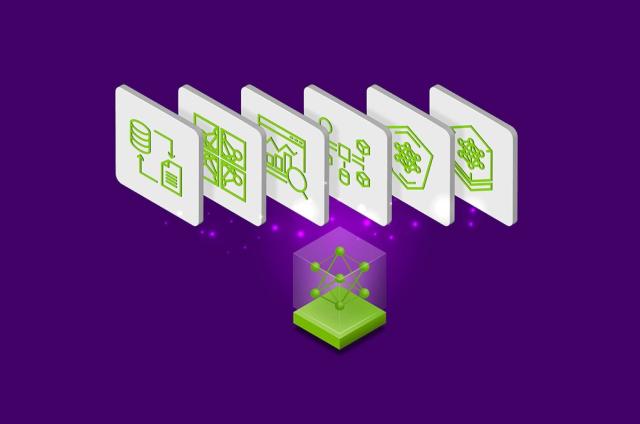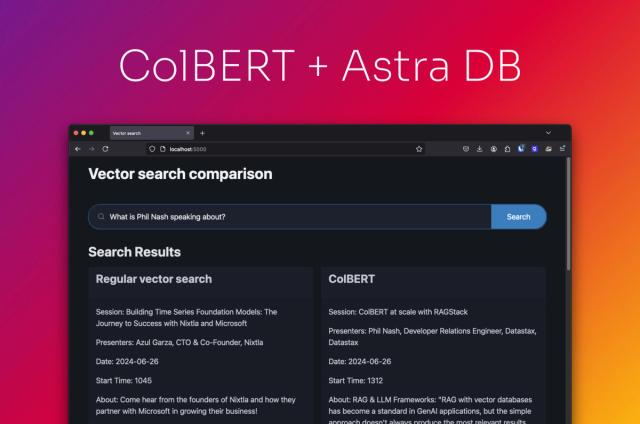How You Know You Need a Multi-Model Database

For decades, organizations have relied on traditional relational database management systems (RDBMS) to organize, process, and store information. Unfortunately for many organizations, their legacy RDBMS deployments simply can’t keep up with the increasing volume and variety of data.
To maximize the value of their data, deliver exemplary customer experiences, and encourage innovation, leading organizations are increasingly moving to multi-model databases. Simply put, these NoSQL databases—which enable organizations to store, process, and analyze data as graphs, documents, key-value, and JSON files—were built for the era of big data.
Is your company still relying on an RDBMS to process its data? If so, it may be time for you to move to a modern multi-model database. With that in mind, let’s take a look at five reasons your company might decide to make the switch.
1. You want to reduce complexity and consolidate infrastructure
It’s not uncommon for organizations still using an RDBMS to end up managing multiple databases, with engineers hopping from one to the next depending on the type of data they need to process. Not only does this hurt productivity, it also slows organizations down and increases exposure to risk and error.
Multi-model databases are simply the more efficient way forward. All data—regardless of type—is stored in one database. This enables organizations to consolidate infrastructure and reduce operational complexity, simplifying things for engineers while increasing operational efficiency.
2. Your existing database can’t scale to accommodate increased traffic
As businesses grow and more and more people use their applications, more stress is placed on the underlying database. In traditional environments, databases can hit a wall after too many requests, freezing applications and crushing performance. Not only does such a scenario annoy customers, it also prevents employees from doing their work in a time-effective fashion.
By moving to a multi-model cloud database, however, enterprises can easily scale performance as business needs expand. As a result, employee and customer experiences improve.
It’s similarly easy to scale down when performance needs decrease, so you won’t have to worry about paying for more infrastructure than you require.
3. You want to unlock the true value of your organization’s data
In a fragmented database environment, it can be difficult to transact across different data types. And it can be next to impossible to detect relationships that might exist between them.
Databases that can process multiple types of data, on the other hand, enable organizations to easily detect patterns and relationships among different data formats. In this light, companies that use multi-model databases can unlock the true value of their data—finding relationships that otherwise might have gone unnoticed.
4. You’re tired of relying on a database that has proven itself unreliable
Your organization can’t reach its full potential when the databases that power it are unresponsive when you need them the most. In an environment with multiple databases, all it takes is one of them to be knocked offline for productivity to grind to a halt.
By moving to a highly available cloud database built with fault tolerance top of mind, you can reduce the likelihood you’ll experience downtime to begin with. As a result, customers will enjoy positive experiences and employees will be able to do their work without any hiccups.
5. You want to move to a hybrid cloud solution while avoiding vendor lock-in
Sick and tired of being locked into a vendor’s tech? Looking for more flexibility and control over your infrastructure?
DataStax Enterprise is versatile by design. Organizations that use DSE can configure their infrastructure however they like. Whether it’s a hybrid cloud deployment or something that lives on-premises in your data center is up to you.
Keep in mind that migrating to a multi-model database doesn’t necessarily mean you have to rip and replace your legacy systems. Industry-leading cloud databases can be layered right on top of existing systems—enabling you to extend your investments while leveraging modern tools.
DataStax for Enterprises (eBook)
Read why companies like Microsoft, Sony, and Capital One use them to power their operations. READ NOW



